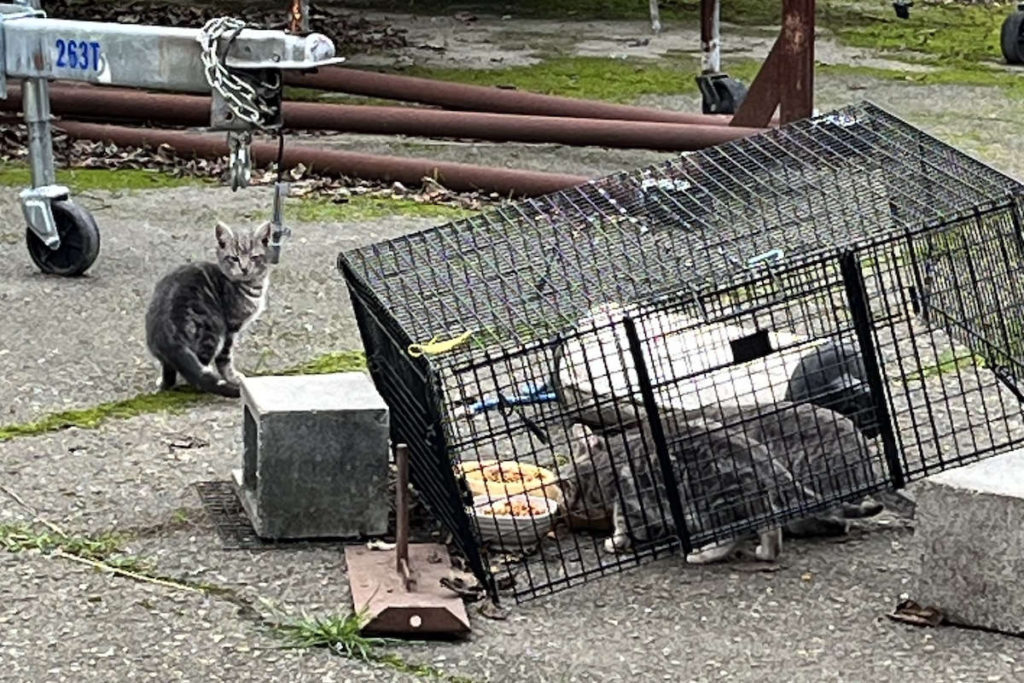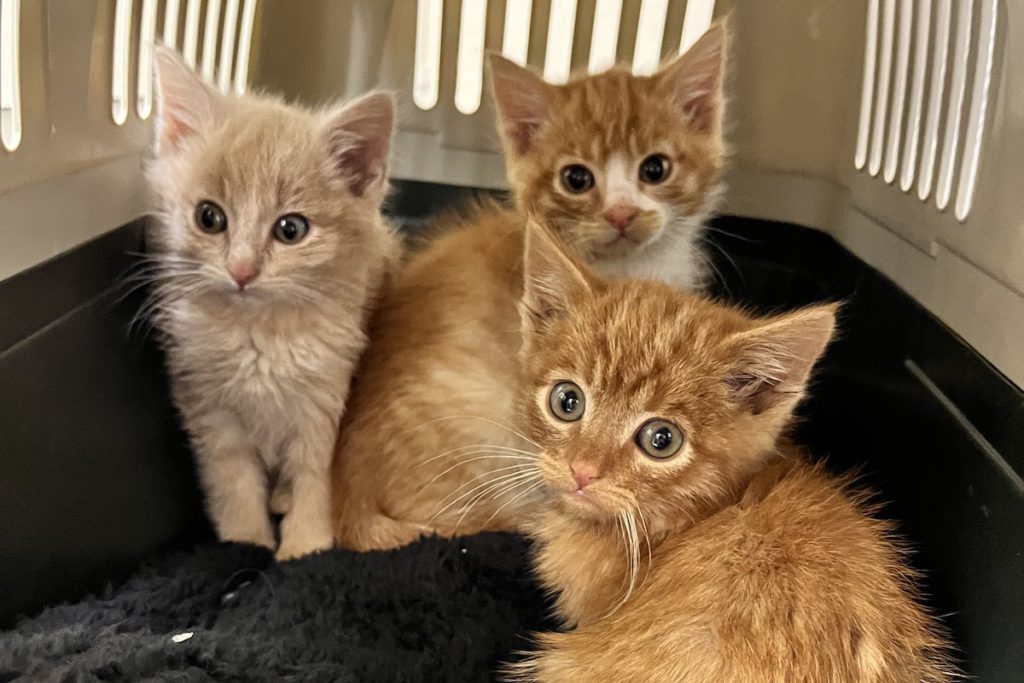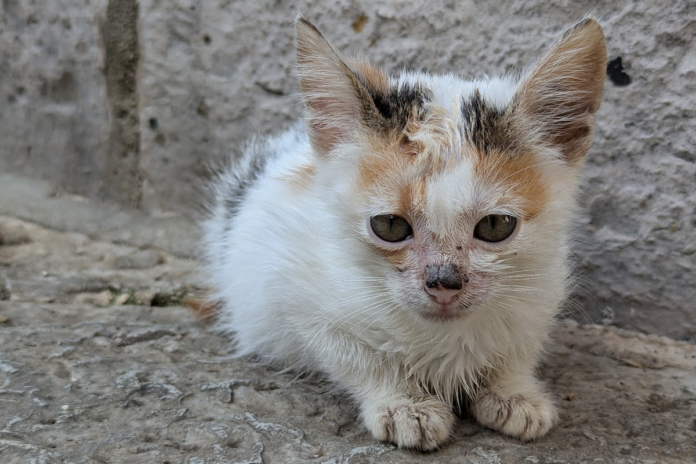Founded in 1983, the Ohlone Humane Society (OHS) has been a community advocate for animal welfare. The privately funded nonprofit is entirely run by volunteers. OHS assists all creatures, from domestic to urban wildlife, making them one of the few that sustain a wildlife rehabilitation center. However, one of the most valuable of their resources is their information phone line.
The info line was created in the early 2000s to assist with public relations. Since then, an info phone line and email have been established, with roughly six volunteers monitoring incoming calls and messages from community members. Their busiest month in 2024 consisted of a whopping 165 calls in July, with each call averaging between 45 minutes and an hour.
OHS Info Line volunteer Cristina Martinez says, “We have everyone from pet owners to homeless people calling in who want their animals spayed and neutered. I recently helped a low-income elderly woman to spay and neuter a rabbit she found near her community pool.”
OHS’s most common inquiries involve the services of their Trap Neuter Return program (TNR). TNR focuses on humanely trapping, spaying or neutering feral cats and returning them to their original location. This has proven crucial in preventing animal overpopulation within the Tri-City area. In 2024 alone, the OHS TNR program trapped, neutered and returned over 900 community cats. Within that same year, the OHS kitten foster program had 141 adoptions.

The TNR team consists of 15 volunteers who dedicate their time to transporting animals to partner clinic scheduled appointments in Fremont, Redwood City, San Francisco, Pinole and Pleasanton. OHS Director of Spay-Neuter, Hilary Danehy, says, “Our volunteers use their time, gas and passion. If our team didn’t have this level of care and concern, I can’t imagine what would happen with the feral cat population in the community.”
Ensuring that animals are returned to their location is vital to TNR, as is educating the community on handling feral cats. Info line volunteers often must inform callers that removing community cats more than 300 feet from their natural environment is illegal and harmful. Removing cats only enables the vacuum effect—new cats will merely replace the old ones.
Hilary shares how an OHS volunteer once trapped a feral male cat at Central Park in Fremont. Upon inspection, they discovered he needed entropion surgery; otherwise, he would go blind. Hilary says, “We nicknamed him Snarly because of his generally unhappy disposition, but he was probably grumpy due to the chronic pain.” The surgeries were performed successfully and “Snarly” was returned to his community colony, where he safely—and less snarly—remains.
In addition to trapping and neutering, TNR offers limited veterinary voucher partnerships to low-income residents in the Tri-City area who wish to spay or neuter their pets, including cats, dogs and rabbits. Candidates must complete an online application, provide proof of low-income status and address, and cover a small portion of the cost while OHS covers the rest.
These vouchers have helped many low-income and homeless pet owners. Hilary recalled two memorable stories, the first being a Union City family who rescued a lost, sick kitten with a heart murmur and were thrilled when their autistic son bonded with his first pet.
However, the family was low-income and needed help. Hilary says, “We guided the family through the application process for spay assistance. This beloved kitten is now spayed and helping to teach empathy to a special child.”
The second case followed a homeless man transitioning from living out of his car into low-income housing. When the housing program would not accept his pets unless they were spayed and neutered, Hilary explains, “Because we didn’t want him to lose the housing opportunity, we completed everything within a week and were able to fully cover the cost due to a generous donation from the Niles Rotary Club.”
All of these efforts champion OHS’s emphasis on inclusivity for feral, abandoned and pet animals.

While OHS has maintained nothing but excellence throughout the years, donations, volunteers and low-cost spay and neutering resources in Fremont are still needed. The Tri-City Animal Shelter is also looking for a full-time veterinarian to do low-cost spay and neutering.
Hilary highlights how there are animals in Tri-City areas that they hope to advocate more strongly for, such as the cats in Fremont’s Central Park. More volunteers are also needed in the Warm Springs and Union City areas.
Hilary says, “We’ve had times where we’ve gone over our budget or exhausted all our donations and had to stop vouchers for the remainder of the year, so receiving more donations would allow us to subsidize more community members and their animals.” OHS’s diligence and devoted volunteers not only make them a cause worth giving to but a pivotal part of our community in sustaining animal welfare.
Ohlone Humane Society
510.792.4587
Wildlife related questions
510.797.9449




